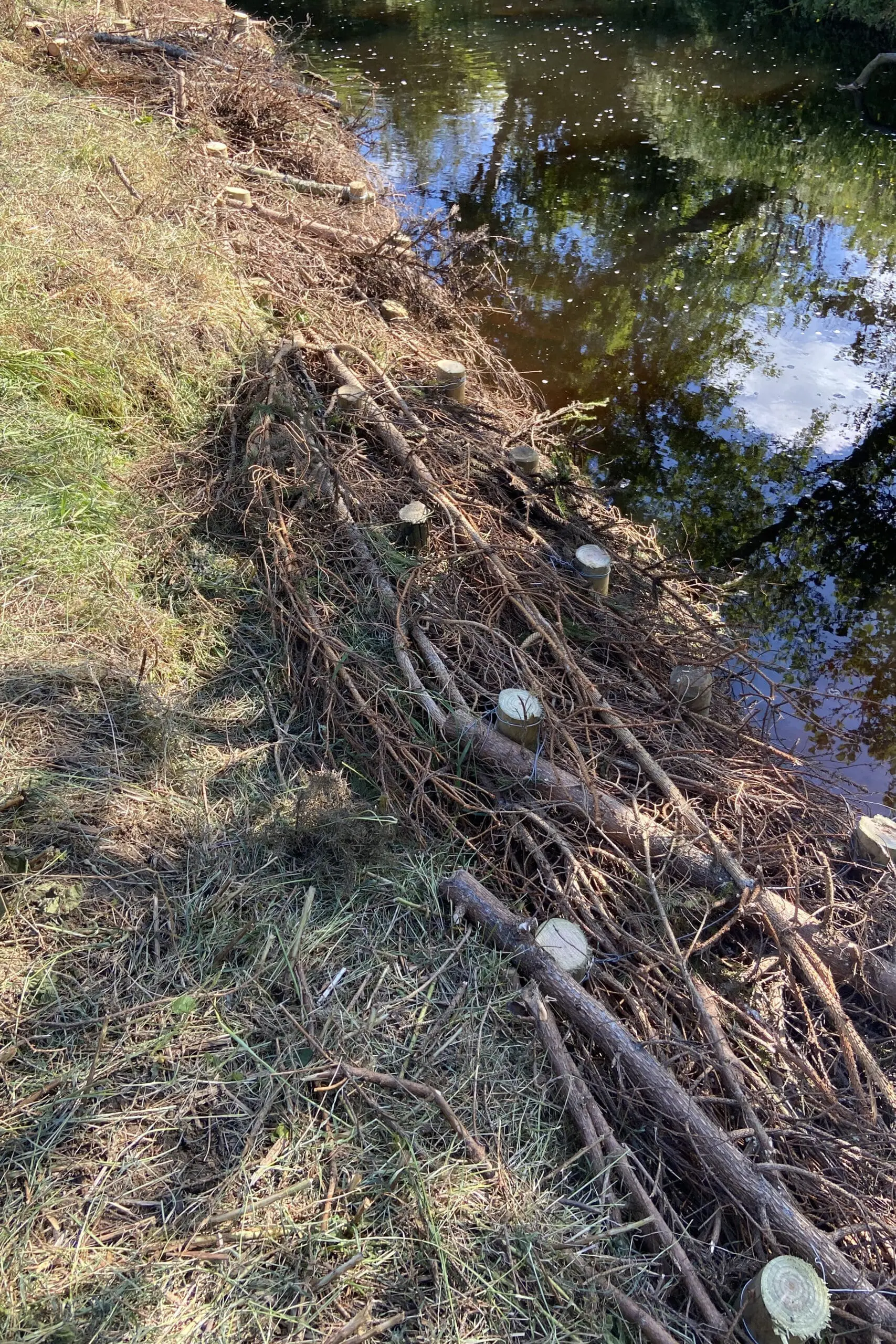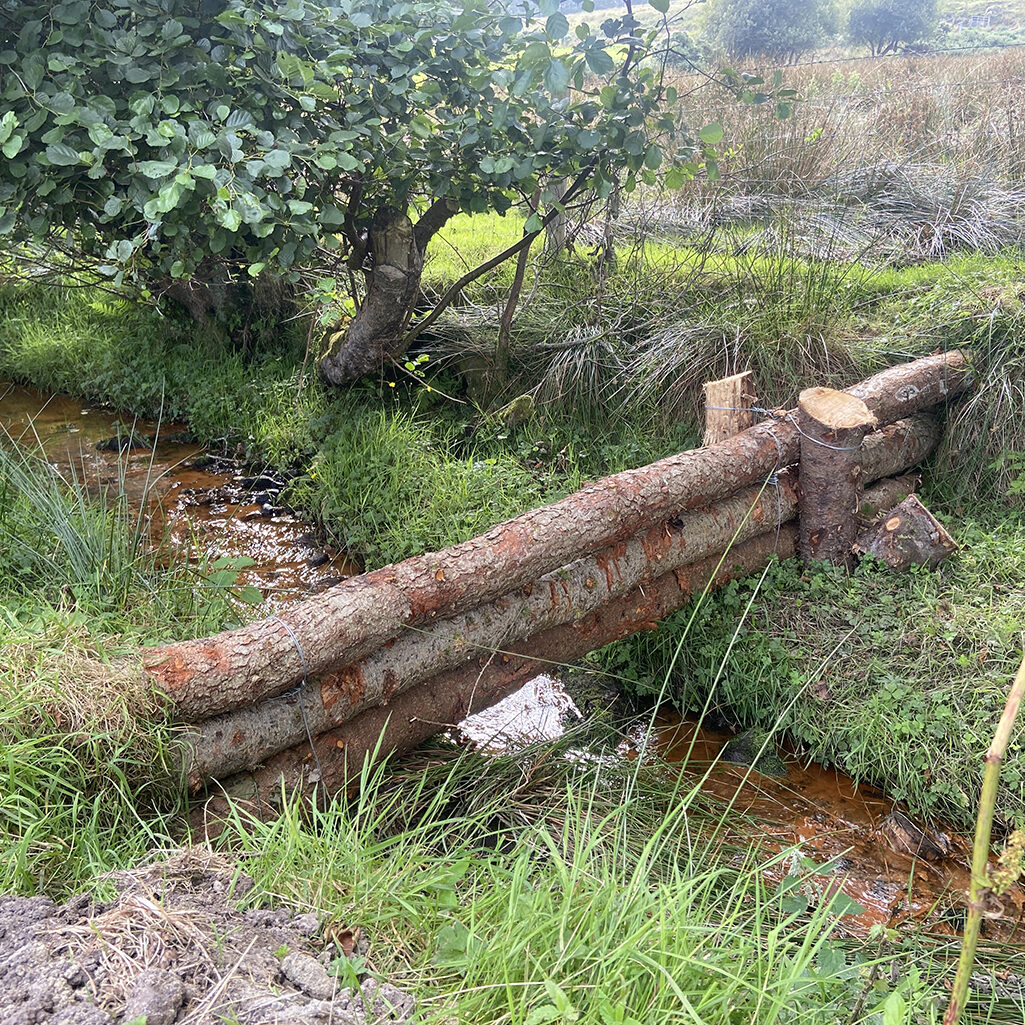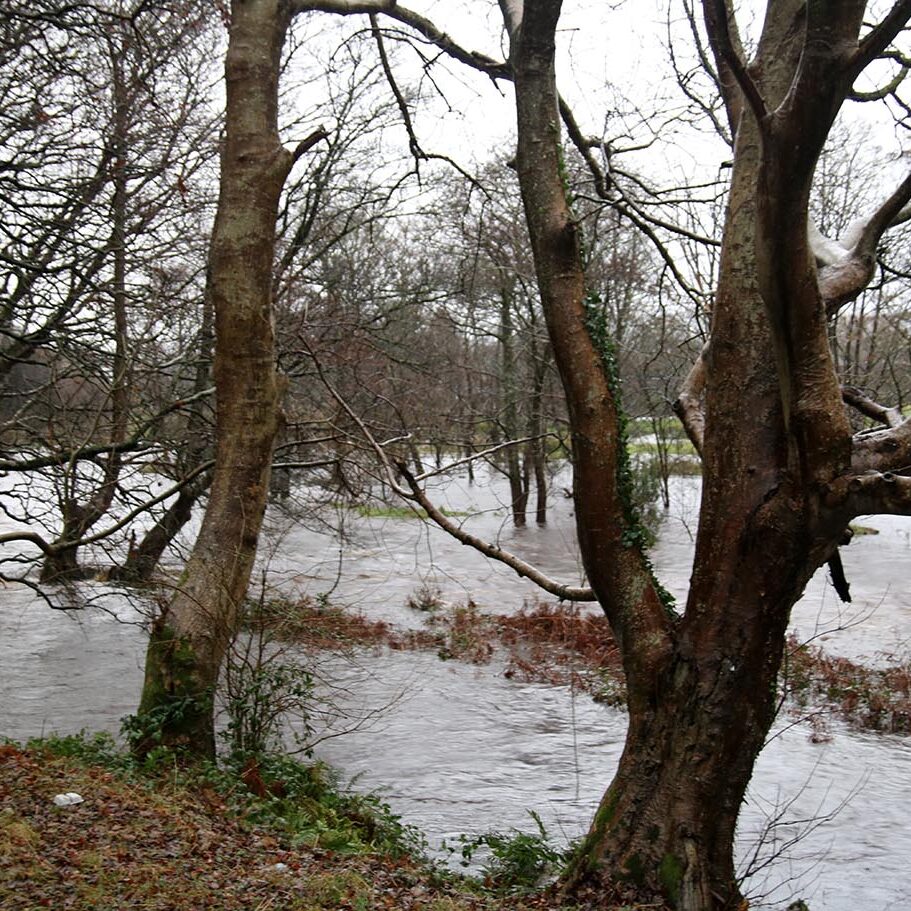River Restoration

River Restoration is the process of repairing and restoring rivers to the their natural state for the benefit of both community and wildlife.
There are many activities which can help restore a river but it is important to understand how rivers work and how we can balance our relationship with rivers.Map of Rivers trusts in Ireland
We use rivers in many ways – as a drinking source for ourselves and our livestock, for transport, for recreation, for industry. But they can be so many more things too. They are an integral part of the land and we have a deep and rich connection with these waters and the wildlife they sustain.
In recent years, many communities across Ireland have recognised the importance of our rivers and about the need to keep them healthy. Rivers Trust organisations have cropped up all around Ireland and in Inishowen we are proud to have developed a strong and active group to help raise awareness of the importance of our natural waters to our everyday lives, our hearts and our minds.
The Inishowen Rivers Trust recognises the importance of understanding our rivers, sharing this knowledge with the community and learning together. Our River Guardians programme has helped some of you to develop skills and knowledge around rivers and we are putting this to good use now. Through courses such as Bank Erosion Control and Hydromorphology we have learned how rivers work. Through ARMI,SSCS and electrofishing we have learned more about the techniques for surveying rivers. There is lots more for us to learn and the IRT will continue to strive to bring more knowledge to our local communities.
To date, we have participated in local projects such as the Glennagannon River Restoration Project and the Culdaff Riverbank Protection Project. There are plenty of opportunities to get involved, through training and volunteering or bringing the Trust onto your land to help solve a problem.
If you would like to learn more about river restoration, it’s benefits and how rivers are restored, read this short article on the topic by the River Restoration Centre at Cranfield University – What-is-River-Restoration?
Natural Flood Management Techniques

Leaky dams are a form of Natural Flood Management (NFM). These barriers made of natural woody materials are placed within water channels. During normal base flows, water passes through them unimpeded. However, when flood flows increase, leaky dams create obstructions, reducing the flow downstream. They help prevent soil erosion and silt escape while allowing water to escape at a slower rate. These structures mimic nature, where fallen trees act as barriers, holding bak silt and debris while allowing overflow to continue downstream

The benefits of Natural Flood Management (NFM) are manifold. By working with nature, NFM helps reduce flood risk for communities while promoting environmental health. Here are some key advantages:
Reduced Flooding: NFM techniques, such as restoring river bends and creating wetlands, slow down water flow during heavy rainfall. This reduces the risk of flooding downstream.
Improved Water Quality: NFM helps filter pollutants and sediment from runoff, enhancing water quality. Vegetation in floodplains and wetlands acts as a natural filter.
Habitat Creation: NFM projects create habitats for wildlife, including fish, birds, and insects. These areas support biodiversity and ecosystem resilience.
Carbon Sequestration: Wetlands and forests involved in NFM sequester carbon dioxide, mitigating climate change.

River revetments made from brash materials typically involve using natural elements like brushwood, willow or other woody vegetation. Brash refers to the tangled branches twigs, and foliage from trees and shrubs. These materials are strategically placed along riverbanks to stabilize them and prevent erosion. Willow revetments, for instance, utilize live willow cuttings or branches to create living structures that absorb water energy and enhance bank stability.
